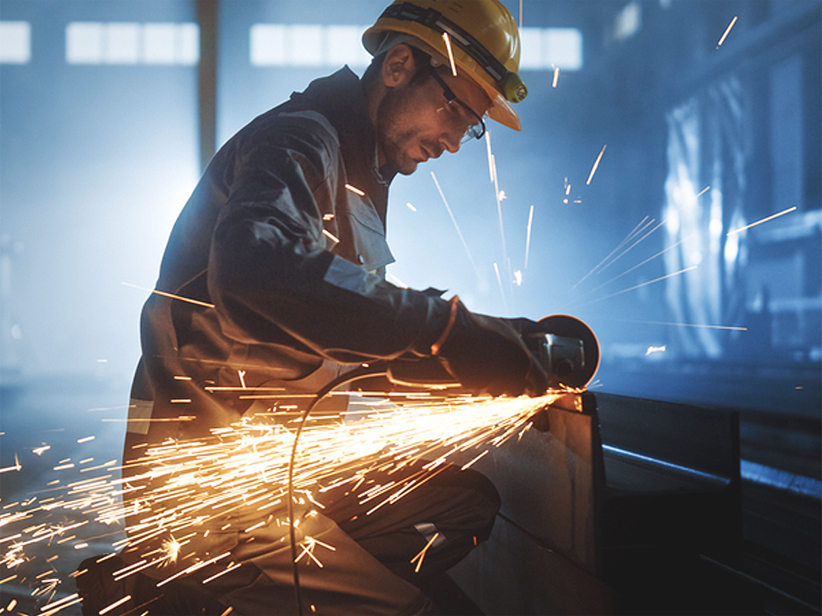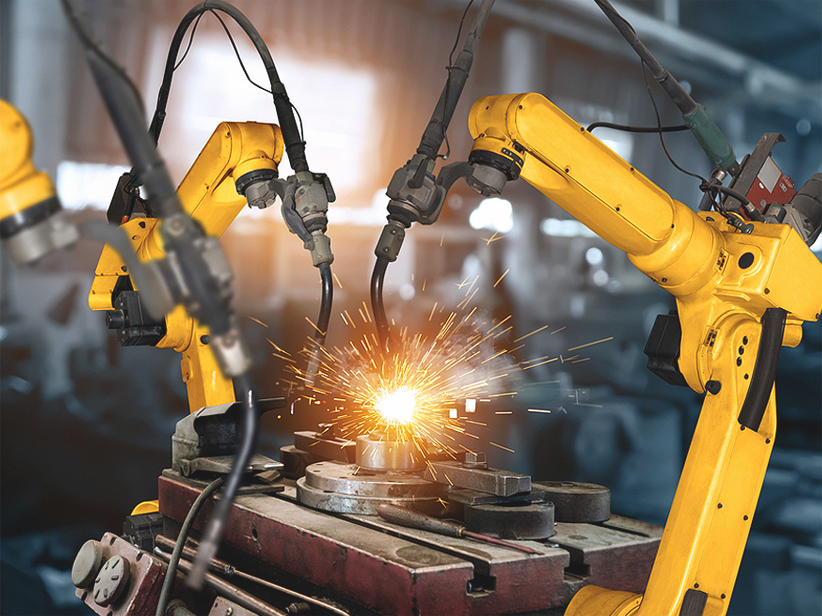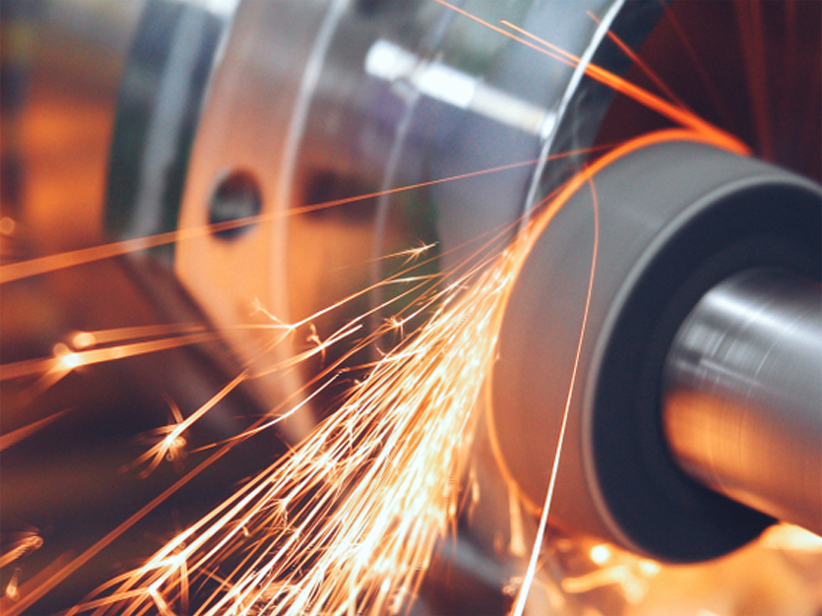7 THINGS TO CONSIDER WHILE CHOOSING A STAINLESS STEEL GRADE
Stainless steel is usually known for resistance from corrosion and can be used in several applications. There are several grades in this category which allows it to be used in different industries. But having so many of them will expect you to have basic knowledge so that you know how to select which one is right for the job! Therefore, here are seven points to help.
In case the application needs good formability, you will have to avoid the group of stainless steel. You can try the austentic grade including a ferritic grade. There are other stainless steels such as the 410 which is usually brittle but not always formable. The stainless steels that are austenitic happen to be the right choice when it comes to formable steels.
Welding stainless steel happens to be much different than other welding steel made of carbon. This could lead to several problems such as cracking, corrosions etc. The weldable steels usually belong to this austentitic group. Using martensitic stainless shouldn’t be used for welding since they contain lower chunks of carbon. With hardened steels, you must take care of it to make sure the mechanical properties which must not be compromised when the welding process is continued.
If you need any kind of machining, you need to make a few considerations when it comes to using stainless steel. Several grades must be machined, but stainless steel happens to be susceptible when it comes to hardening. The process has to be optimized at a rate that is high. This can help in alleviating the issue. Similar to steels, sulphur can be used for increase the machinability.
Stainless steel wire manufacturers have been kept for resistant properties, but it is also essential to know the different grades which provide the different amounts of resistance. This makes the grade a great choice when it comes to corrosion resistance. The duplex stainless steels must be used to avoid such stress and cracking with stainless steels.
In case the stainless steel wire manufacturers will be used to heat treatment, it is essential to know how the different grades of steel will be used. More importantly, the stainless steels cannot be hardened when the heat has been treated. The treatable stainless steels are hardened in 440 C and 17-4 PH.
Most of the high strengths may be achieved with stainless steel which is 440C along with precipitation including stainless steel that is hardened. Austentitic stainless steel can help in giving high strengths too as they are not always as high as martensitic grades. Most steels tend to have much more chunks of nickel compared to other steels. Duplex steels may also give you properties which will help in maintaining the ductility.







